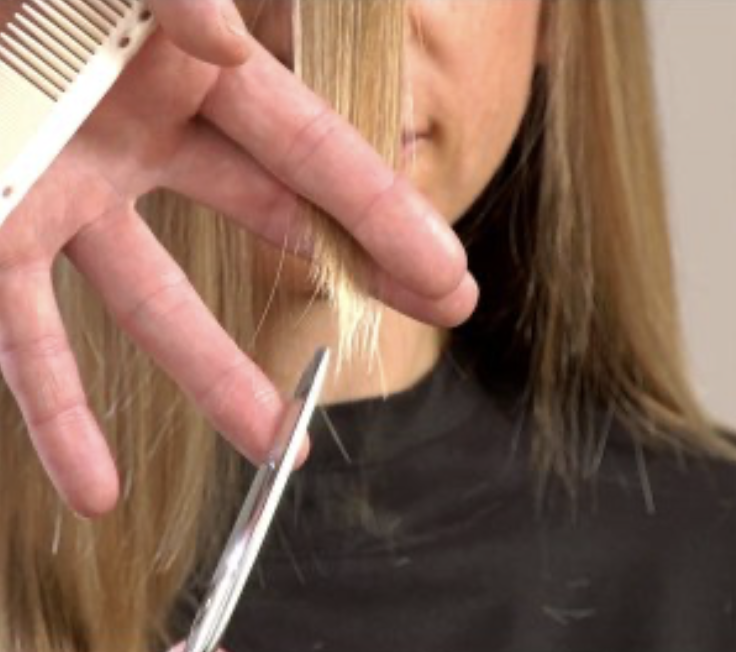5 Dry-Cutting Tips You Didn’t Learn in Beauty School
5 Dry Cutting Tips You Didn’t Learn In Beauty School
What’s something we grazed over in beauty school? Learning how to add finishing details by dry cutting every client before they leave the chair. Keep scrolling for pro advice from Jessica Scott Santo (@jessicascotthair) to learn how to amp up your cutting game with tips our cos teachers didn’t have time to teach us!
View this post on Instagram
1. Dry Cutting Is ESSENTIAL For Blended Haircuts
Cutting on wet hair is great for creating a perimeter and the internal structure of any haircut. But when you’re ready to add detailing, texture and line work, dry cutting is the best way to go. It’s important to keep in mind that your client’s natural texture needs to be completely dry in order for you to see where any cut will actually lay.
2. Why You’ll Need Razor-Sharp Scissors To Dry Cut
Jessica prefers using Master Series Paragon II 7” scissors from ARC™ Scissors for detail work on dry hair. These scissors are Made in Japan and take 6 months per scissor to hand make. They are dry-cutting master- able to push through every type of hair and are optimized for precision line work and slide, slice and point-cutting techniques.
Click Here To Choose Your Pair Of ARC™ Scissors!
3. Start Each Dry Cut With Proper Sectioning
One of the hardest parts of dry cutting is sectioning, mostly because it can be a little more difficult to control. Here’s how Buddy Porter (@buddywporter) sections for a dry cut:
- Separate the hair from ear to ear at the crown.
- Sections hair down the middle in the back.
- Go in at a forward diagonal at the occipital bone to further separate the hair at the top of the ear on each side.
4. Align The Client’s Head Forward Before The Cut Begins
Buddy also recommends making sure that your client’s head is properly aligned and facing forward before you even start cutting. “With dry-cutting, it’s really, really important to face your work,” he says. Even the slightest head tilt will throw the cut off and create harsh, crooked lines.
Pro tip: Cut parallel to the hair rather than across it for a softer line.
5. Do Pre-Color Haircuts When The Hair Is Still Dry
Doing your pre-color cut on dry hair ensures you won’t cut off any freshly colored hair later on. Plus, it allows you to cut and texturize more efficiently.
Related: Dry Cutting: 5 Essential Tips To Master The Technique
Up Next: 3 Dry Cutting Tricks You Didn’t Know








